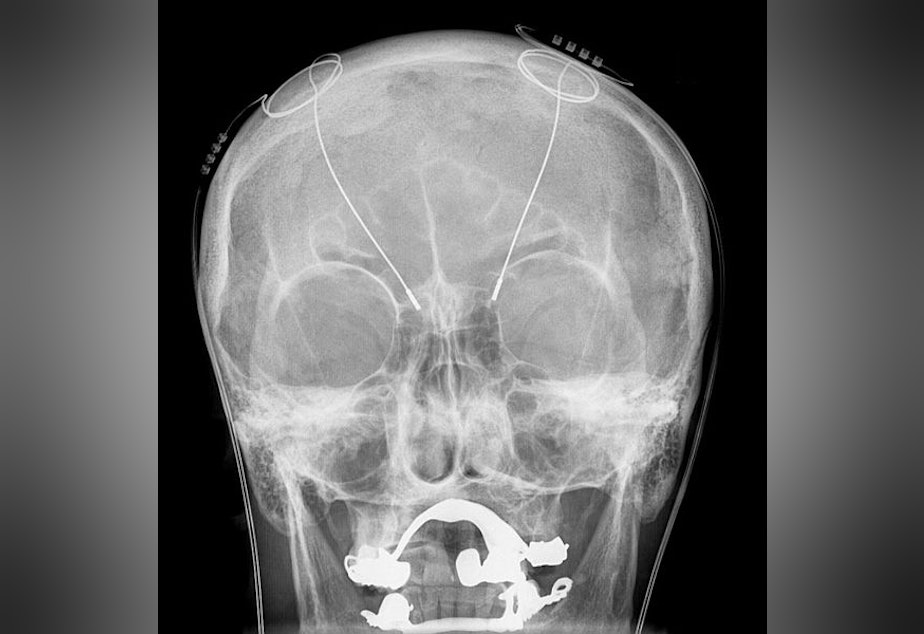Swedish Hospital Patient Walks Again With Deep Brain Stimulation

Here’s the plot: A man suffering from dystonia – a neurological disorder that causes twisting and abnormal postures – goes to a doctor. The doctor gives the man local anesthesia, drills into his head, inserts spaghetti-like electrodes and then hooks him up to a pacemaker to send electrical currents into his brain.
It’s not the nefarious scheme of a mad scientist but rather a pioneering medical technique called of deep brain stimulation. According to Dr. Andres Lozano, chair of neurosurgery at the University of Toronto, it’s been used on around 100,000 patients worldwide to treat ailments such as dystonia, Parkinson’s and obsessive compulsive disorder.
It works by adjusting the activities of malfunctioning brain circuits. Though it’s pretty safe – Lozano said about a 1 percent risk of a serious consequence like stroke – it’s also very precise. Patients are often kept awake to help the surgeon “find the right spot.”
“An error of one millimeter can mean the difference between having a side effect or just not working at all, so you have to be extremely precise,” Lozano told KUOW’s David Hyde on The Record.
The treatment has helped Seattle local Ian Curtis, who received deep brain stimulation for his dystonia at Swedish Medical Center. Previously confined to a wheelchair, he is now looking into getting a driver’s license.
Sponsored
“It’s awesome. It still feels weird though – walking around. I mean, I’m used to having trouble just sitting down and being comfortable in a chair,” Curtis said.

